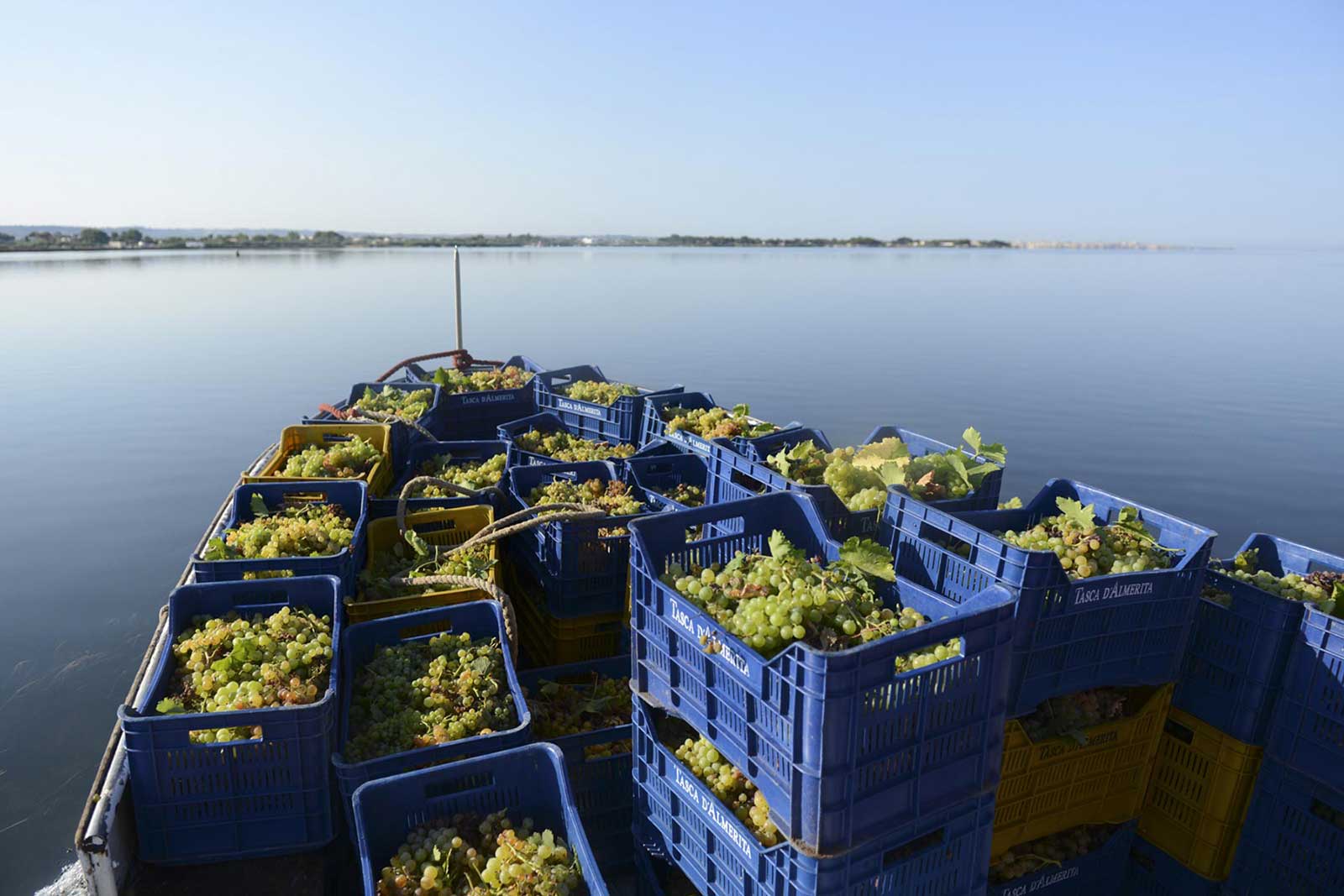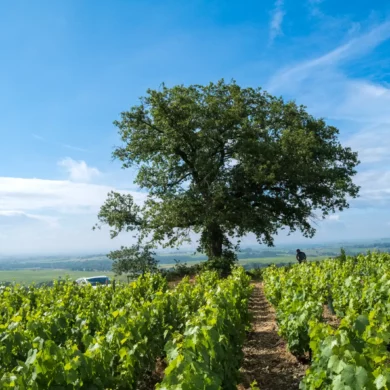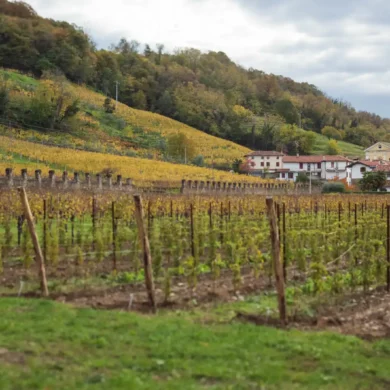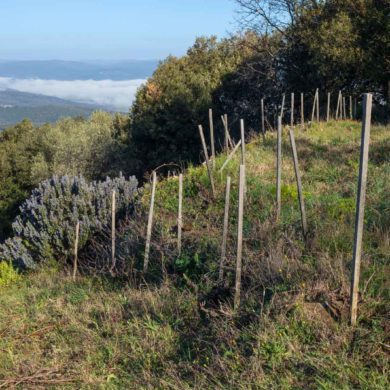Is Grillo Sicily’s most versatile wine-grape variety? One could certainly argue as such. Grillo’s ability to deliver richness and hold its shape long-term has made it the backbone of modern Marsala, yet it is light enough for some producers to experiment with sparkling versions. It can even withstand noble rot and yield a unique dessert wine, as I learned three years ago at Gorghi Tondi.
But increasingly, it is the still, dry whites made from Grillo that are giving Sicilian winemakers an important pillar to stand on. Carricante from Etna may be the darling, and Cataratto Bianco might be the workhorse, but Grillo strikes a popular chord similar to Sauvignon Blanc. It can feel like a breath of sea air, a cut of fresh-mowed grass, a basket of wildflowers on the counter. And its explosive fruit pops just the right way on the palate. It is a wine with broad appeal.
I have long felt that Tasca d’Almerita’s Mozia Grillo was one of the leading versions from the variety, showing the grape’s potential not only for refreshment and versatility at the table, but single-vineyard distinction as well. Last month, as I prepared for a virtual tasting on Sicily, I added it to my tasting lineup, slotted after Sofia’s dazzlingly Carricante, and before Gurrieri’s Cerasuolo di Vittoria and Benanti’s thrilling Contrada Cavaliere Etna Rosso. It was perhaps the best lineup of wines I’d had during these events, and the Mozia Grillo certainly didn’t shrink alongside some of Sicily’s leading lights. Compelled, I started diving into its peculiar existence, and discovered that the story behind the Mozia vineyard was far more absorbing than I had realized.
In Italy, Context is Everything
Italian winemakers love to use the word patrimony when describing what they have inherited from their ancestors. It could be a row of vines, a way of doing things, or — in the case of the Mozia Grillo — a testament to the insanely long and rich history of this nation. When “viticultural patrimony” mingles with a heritage site, it can become a poignant, pleasurable way of translating the arc of a story. Think of Mastroberardino’s vines at Pompeii, Bisol’s resurrected Dorona at Venissa in the Venetian Lagoon, or CVA Canicatti’s Nero d’Avola that ripens beneath the Valley of Temples in Agrigento. Some of it may seem like marketing gimmickry to a cynic, and certainly, claiming that the ancients have imbued these wines with something detectable in the glass is a step too far. But Italian wine is particularly dependent on context, and nothing could be more contextual than what the ancients achieved, and how they helped deliver Italy to its complex, present-day form.
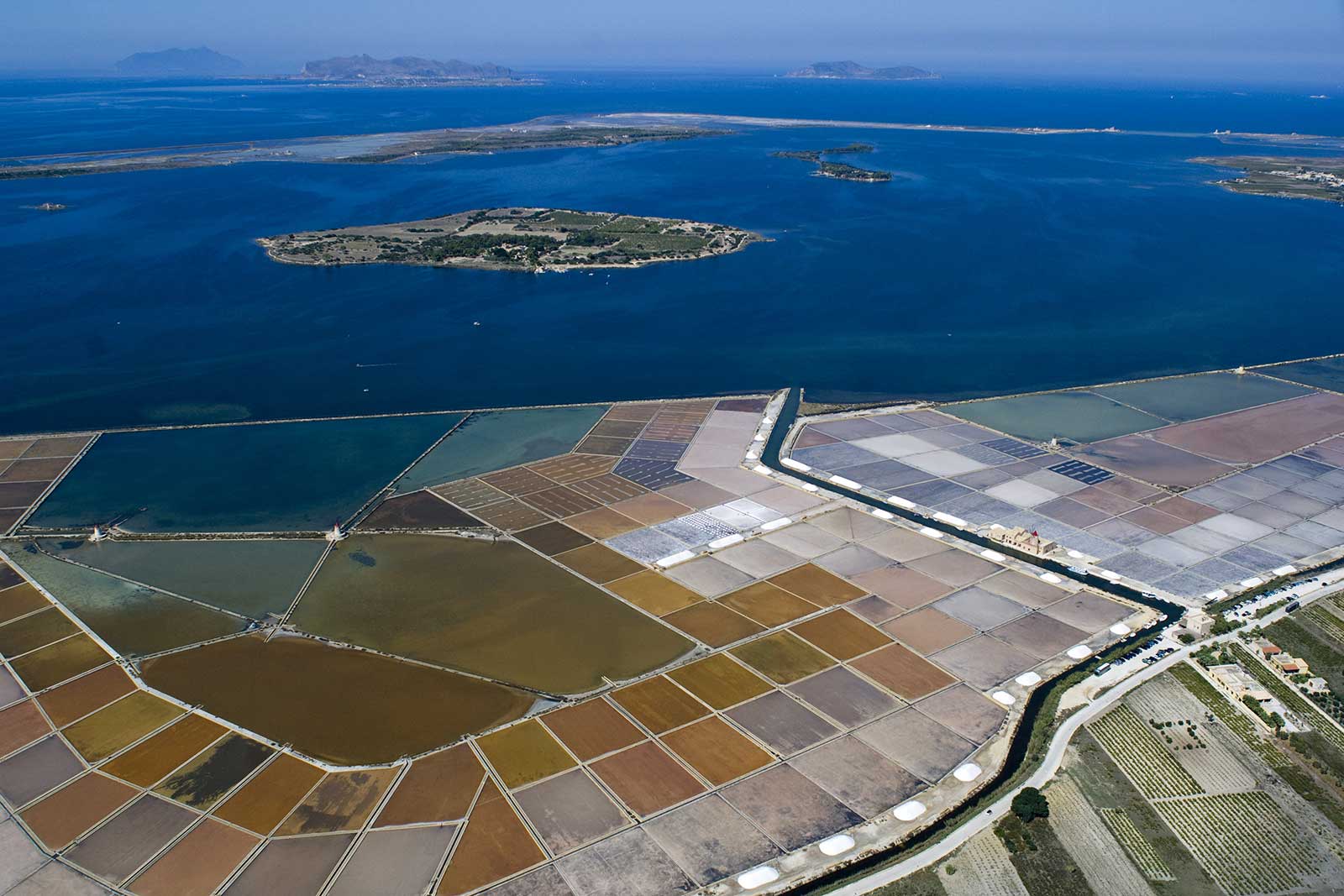
In the case of this wine, Mozia (the vineyard) is a derivation of Motya, the name of an ancient Phoenician settlement on the lonely island of San Pantaleo. This 40-hectare glob of sand, salt, olive trees, vines and ruins lies in the middle of a shallow lagoon just north of the city of Marsala. Lining the lagoon’s mainland shore are the famous Marsala salt pans whose photogenic windmills once adorned postcards (they now simply dominate #sicily on Instagram). In 2018, after disembarking from a Pantelleria flight, I rushed to these flats at sunset with a group of wine professionals. I had no idea that a wine I had tasted numerous times — quite favorably, I’ll add — happened to come from the nearly invisible island just beyond the windmills. Nobody else mentioned it, either. At the time, we were more mesmerized with the piles of salt turning pink in twilight.
I recently discussed this isolated island and its singular wine with Costanza Chirivino, the Tasca family’s estate manager for Sallier de la Tour and the manager of Tasca’s work at Mozia with the Fondazione Whitaker — an institute that owns and maintains the island for archaeological purposes.
“Mozia is one of the sites that can perfectly represent the cultural history of Sicily,” she noted.
To understand Motya’s place in the Sicilian story, it helps to understand just how many different civilizations left their fingerprints on Sicily: the Sicani, Elymians, Phoenicians, Greeks, Carthaginians and Romans all shaped Sicily before the birth of Christ. The Vandals, Byzantines, Spanish, Arabs and the Normans would follow, leading to Sicily’s unique identity. Yes, it is part of Italy, but any visitor who has been to both the mainland and Sicily will tell you: Sicily is Sicily.
Now, the Greeks may have left the most recognizable monuments in Sicily — such as the Valley of Temples at Agrigento and the great Doric Temple of Segesta — but it was the Phoenicians who first substantially connected Sicily to the outside world via trade. Other aspects of Sicilian life — including the establishment of Palermo, and possibly the introduction of viticulture — were set in motion by them.
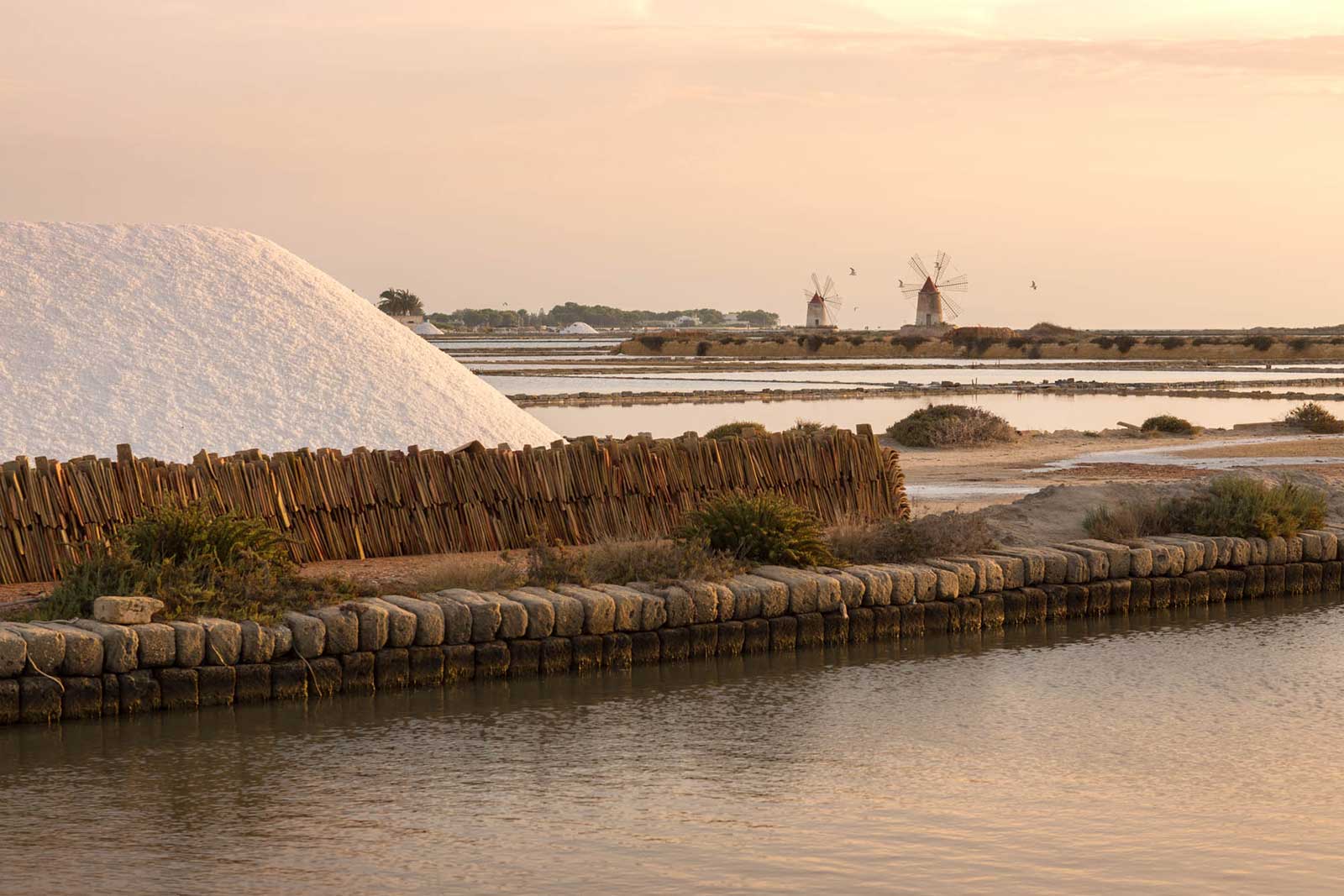
As a colony, Motya had advantages. It was well-protected by the lagoon, and its position on the tip of Western Sicily made it a strategic hub for commerce with distant Sardinia, Central Italy and what would eventually be known as Spain. Evidence of this commerce on San Panteleo includes remnants of clay jars with wine residue, suggesting that wine was among the many commodities traded through the port. (They have not, however, been able to deduce whether wine grapes were cultivated on the island at that time).
“There were lots of influences [on Motya],” Costanza told me. “It was very cosmopolitan.”
In 397 BC, Dionysius of Syracuse laid waste to Motya. The Phoenicians would retreat to Sicily’s mainland, creating — among other settlements — what is now modern-day Marsala. While there is evidence that other civilizations used the island over the ensuing 2,000 years, the island’s importance would fade.
One individual who took a keen interest in the island’s significance was Joseph Whitaker, a Sicilian-English archaeologist — and the nephew of Marsala baron, Benjamin Ingham — who lived from 1850 to 1936. Better known as Giuseppe, Whitaker was also in the wine trade, but his true passions were ornithology and human history. Late in his life, he devoted ample time and resources to excavating the Phoenician site of Motya. Eventually, numerous Phoenician treasures would be unearthed: a stone staircase that climbed a tower; tunnels and roads for the movement of people and goods; a temple for worship; and ovens, vases and mosaics that offered clues to everyday life. These discoveries helped people see the Phoenicians in a new light.
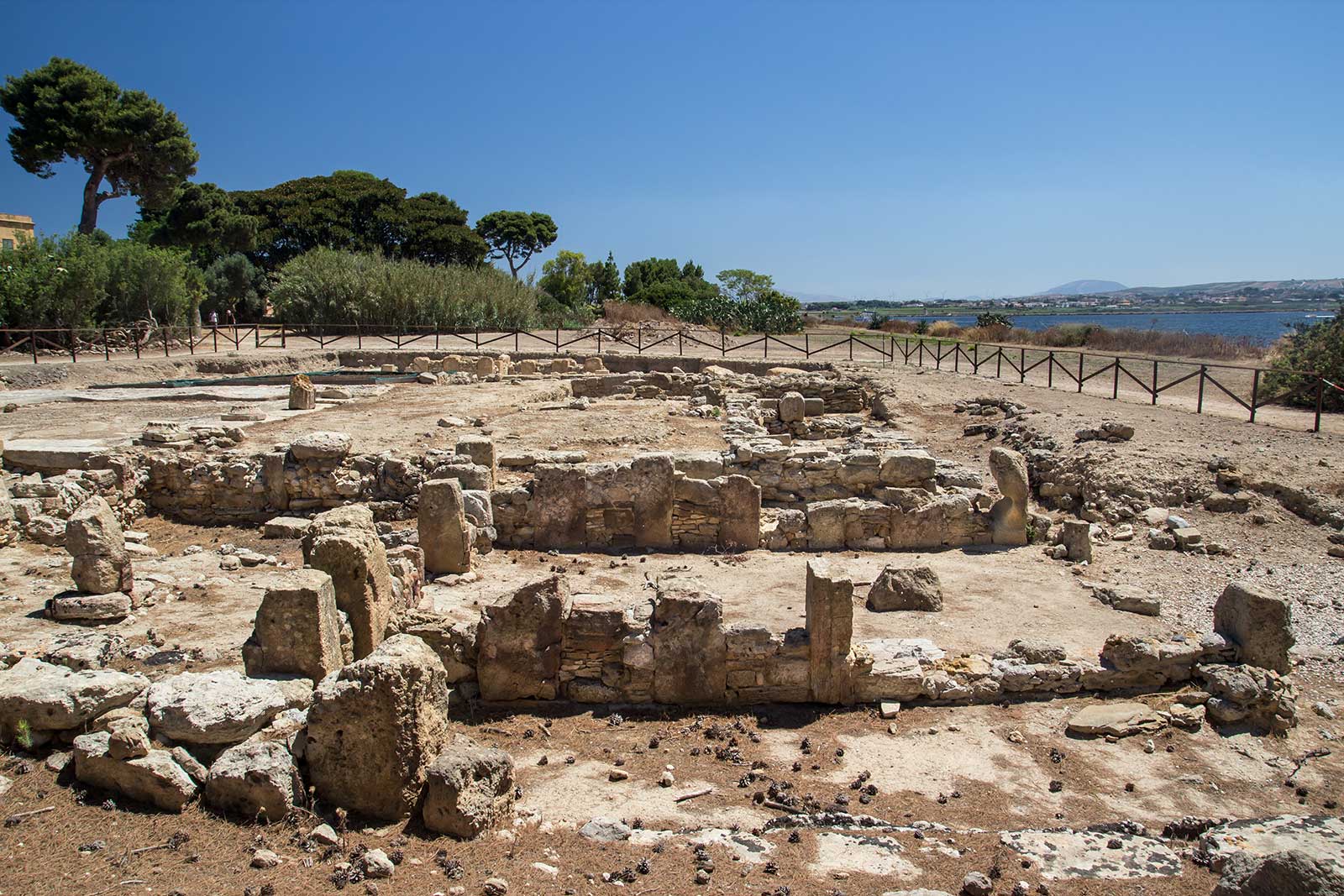
Grillo’s Emergence and Ascendance
“Whitaker was very interested in the archaeological side, more than in the wine,” Constanza told me, referring to the small, fledgling vineyard under his care on San Pantaleo. But while they were young at the time, those Grillo vines would become their own form of human record.
In the early 20th century, Marsala (the wine, not the city) was at an inflection point. Long associated with the British Empire, it had become increasingly dominated by Sicilian firms, and the Ingham family’s influence within the trade was on the wane. Simultaneous to that, the American root louse phylloxera had finally made its way to Sicily after ravishing nearly every vineyard in Europe. Marsala’s vineyards were so decimated that producers had turned to whatever bulk wine they could get. Wines became heavily adulterated and forced into a shape that barely resembled what Marsala once was.
But as Marsala slumped, Grillo slowly ascended. There are no mentions of the Grillo grape before the late 1800s, and genetic studies have revealed why. The grape is a cross between Moscato di Alessandria (known on Sicily as Zibibbo) and Cataratto Bianco, with the latter grape having been the main variety used in Marsala at that time. This cross likely occurred in the late 1800s, but firm records indicating where, and by whom, are so far elusive.
Grillo’s emergence could not have come at a better time, as it quickly showed a better resistance to phylloxera. It wasn’t bulletproof, but it was an improvement.
Grillo also yielded better results for Marsala production, which relies on a solera-like system of topping up barrels, leading to controlled oxidation. Over time, Grillo became an essential part of Marsala Vergine and Marsala Superiore, the often-overlooked top two categories for the wine. Much of this had to do with Grillo’s higher natural alcohol content, which required less adulteration from grape spirit, as well as its more detailed aromas and structure when compared to Cataratto Bianco.
But Marsala’s slump turned into a precipitious decline in the mid-20th century. Fortified wines fell out of favor, and the industry — desperate to recover in a time of economic depression and two world wars — began to produce vast amounts of the wine marketed for cooking purposes. The rush to make flavored Marsala Speciali would forever alter the global perception of what Marsala is. As a drinking wine, its stature has yet to fully recover from this time period. (Whether it ever will is anyone’s guess). Had fortified wines not fallen so far out of favor through the 20th century, Grillo’s ascendancy may have come sooner.
The Mozia vineyard was planted partly to study Grillo’s potential, and since phylloxera rarely thrives in sandy soils, the geographically isolated island proved to be the perfect place to do so. For decades, the vines were tended, but little was done with the Grillo in terms of a producing and distributing a terroir-centric product.
That is, until 2007, when the Tasca family entered the fold.
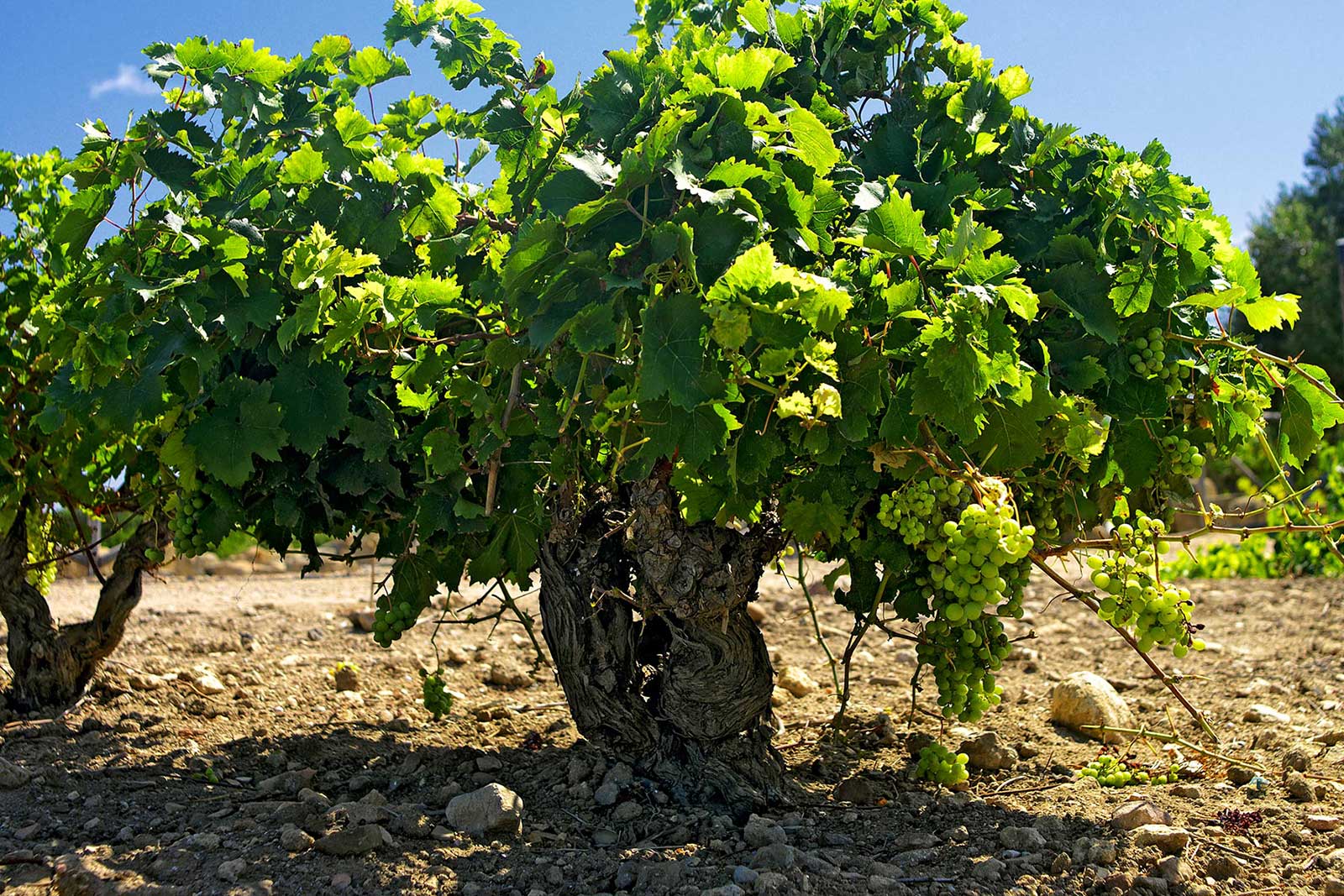
The Unique Terroir
“We have [Grillo] in our family at three different altitudes, three different positions in Sicily, and three completely different characteristics of the soil,” said Constanza, referring to the Grillo wines also produced at Tenuta Regaleali and Sallier de la Tour. “But for me, when we do the tasting, Mozia is one of the wines that is able to tell the story. I used to say that when you drink Grillo from Mozia, you can close your eyes and its exactly like traveling to Sicily.”
There is something undeniably salty about the Mozia Grillo. Saltiness is a quality increasingly prized by connoisseurs, but it does not reference an actual presence of salt. Rather, it is a mouthwatering quality that hooks the palate and encourages another sip. It is also a textural quality, as if the wine has something to grab on to (e.g. think of how pasta behaves in lightly salted water).
What causes this quality is still a matter of conjecture, but it is natural to first look at the island’s terroir as the leading culprit. To describe the soil, Constanza referred to its “marine heritage” as a sea floor and as a repository for silt and gravel from the lagoon’s currents. “You can still find seashells all around the vineyard,” she added. There is also the saline air that bathes the vines, and let’s not forget the piles of salt that line the far side of the lagoon. Could any or all of this play a role?
One could easily counter that Grillo is a salty variety. Other wines I have tasted from this grape carry a briny hallmark, including Gorghi Tondi’s “Kheirè” (from the coastline south of Marsala) and more puzzlingly, Mortellito’s fabulous “Calaiancu” from the Val di Noto in the inland south of Sicily.
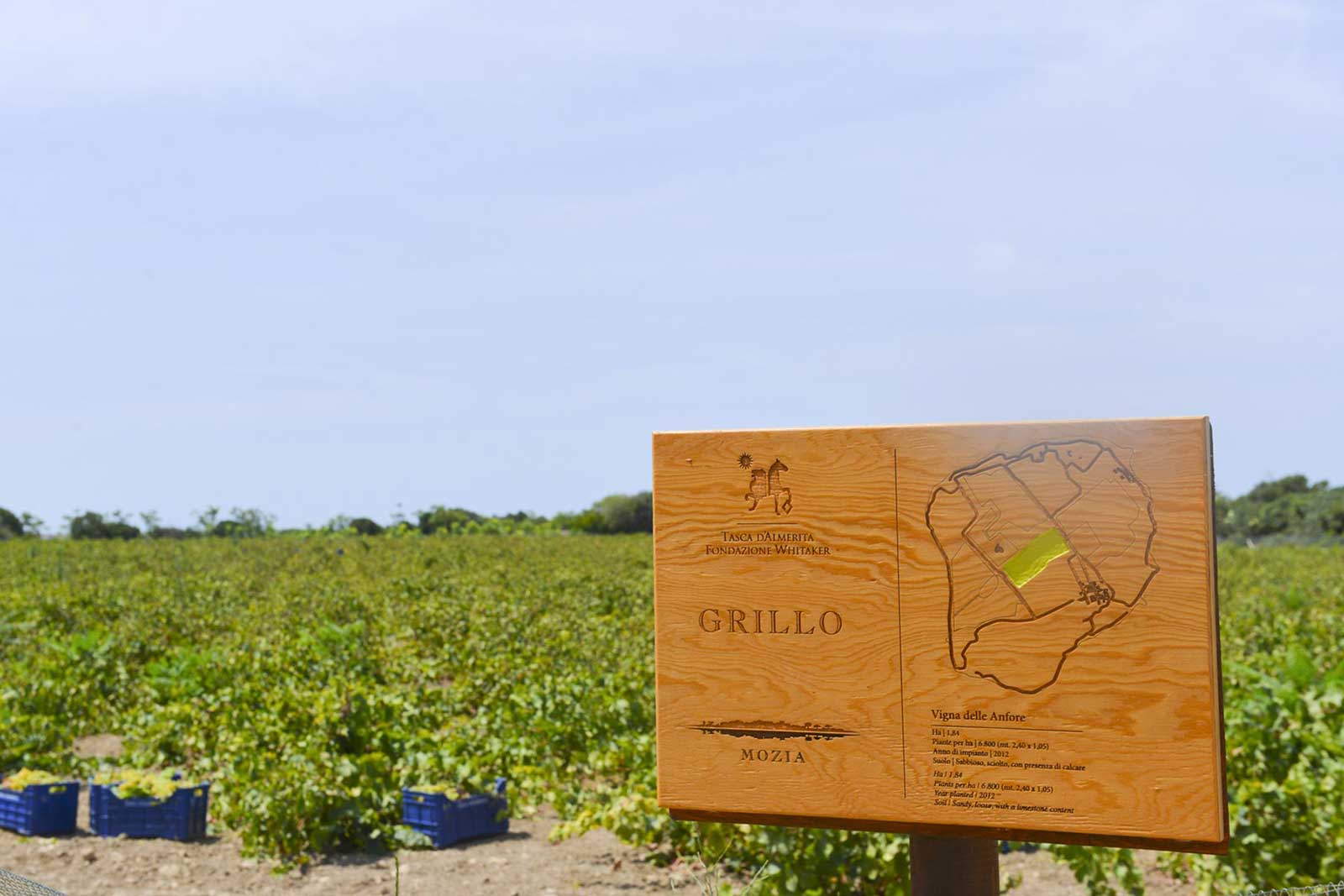
But there is something else to the Mozia Grillo: tension. Like many of Italy’s great wines, that sense of contrast within the Mozia Grillo seems to come from its precarious existence. For one, summers in the lagoon are especially hot, as a “heat dome” tends to form over it in summer during the day. Heat leads to higher sugar and therefore, higher alcohol content, which can blow out the dimensions of a wine.
To solve for this, Tasca d’Almerita prunes the vines with a local system called the Marselese, in which the alberello-trained vines (i.e. bush vines) are bent over themselves and tied into an arch, creating a shade canopy to protect the grapes. Grillo sunburns easily, so innovations in leaf-canopy management have played a fundamental role in accelerating dry Grillo production. But you still need some cool air to avoid flabbiness in the wine, and it is here that Mozia has its secret weapon. With nightfall, the island’s surface temperature cools, but so does the lagoon, which is quite shallow. This creates a temperature inversion that helps seal in aromatic compounds in the grapes.
There is little margin for error in making this wine.
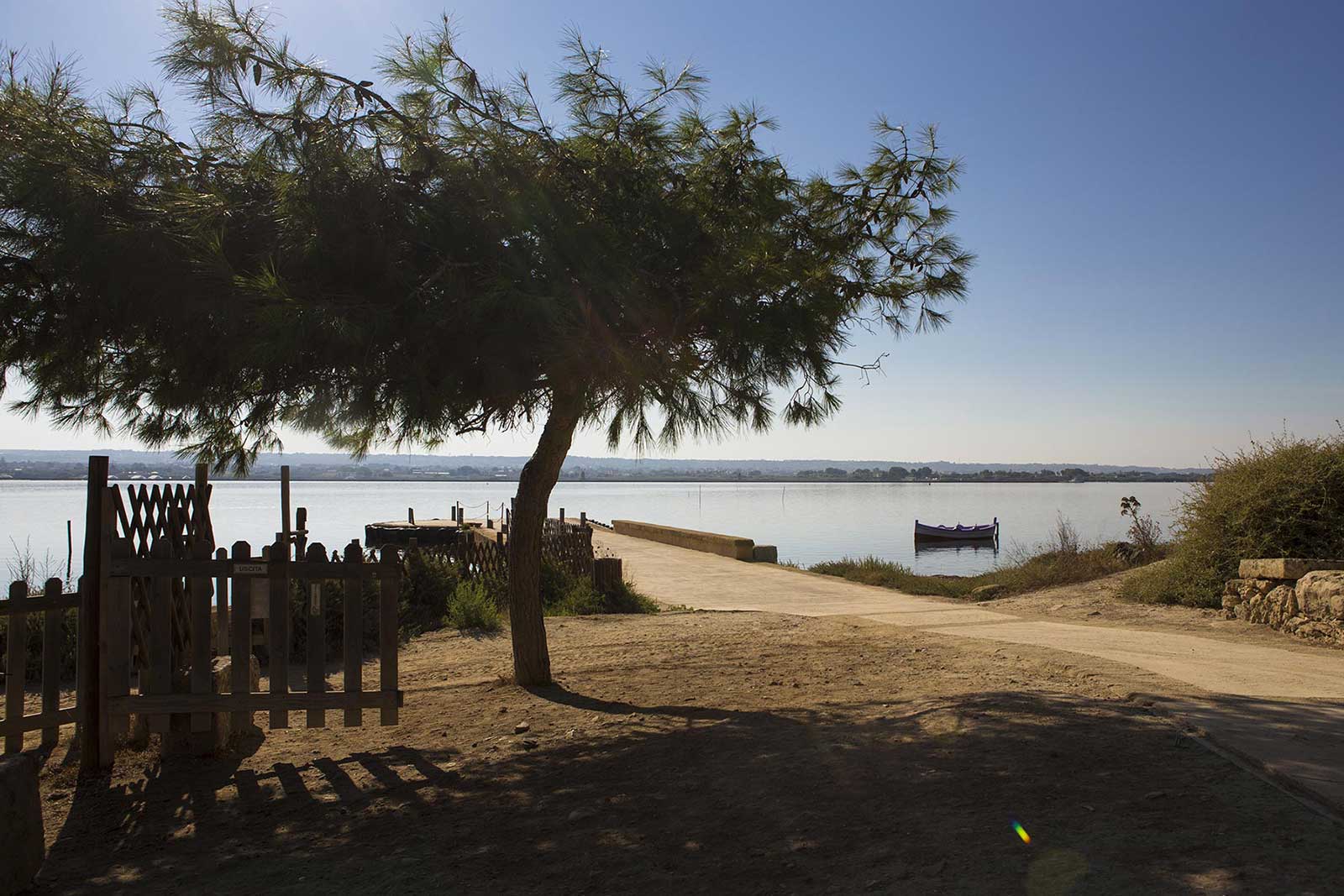
Tell That to the Rabbits
But of course, things can always go haywire on an island. A closed system can be both a blessing and a curse.
In 2012, a heat wave prompted a decrease in food supply for the local rabbit population. Costanza speculated that the rabbits were ill as well, and because of this combination of factors, they turned voracious on the Grillo, decimated the vineyard. Regrettably, they went for the old vines first, significantly damaging some of the oldest Grillo vines in Sicily.
Options for solving the problem were limited.
“Of course, the island is a preserve,” Costanza recalled. “So it is not possible to go there and say ‘oh rabbits! I now come and kill all of you!’ No.”
Because of this — and the many layered onion of bureaucracy in Sicily — Tasca d’Almerita had to formulate a plan to live trap all of the rabbits and move them to the mainland, a painstaking and slow operation that resulted in a lost vintage. Replanting since then has been steady, and they have been able to graft new vines onto some of the older root stock. But within the multi-estate winery of Tasca d’Almertia, Mozia has developed a reputation among the workers as being a pit of misery.
“Mozia is a place where you only have archaeological [sites] and vineyard. That is all,” noted Costanza. “You have to bring people there from another place, and everything is by hand. The plants are low to the soil, then we put the grapes in baskets and put the baskets on a boat to take to the mainland. It is probably one of the hardest harvests. And it is the same team that harvests [the] Sallier de la Tour estates. When its the moment to go to Mozia, the team is always like this…” At this point, Costanza placed her face in her hands and groaned to comedic effect.
“But, I think it is really one of the projects [closest to] my heart,” she added. “Because it is really an incredible way to talk about Sicily and its heritage worldwide.”
In a land where context is everything, the toil and challenges of the Mozia Grillo — deranged rabbits and all — are worth the trouble.
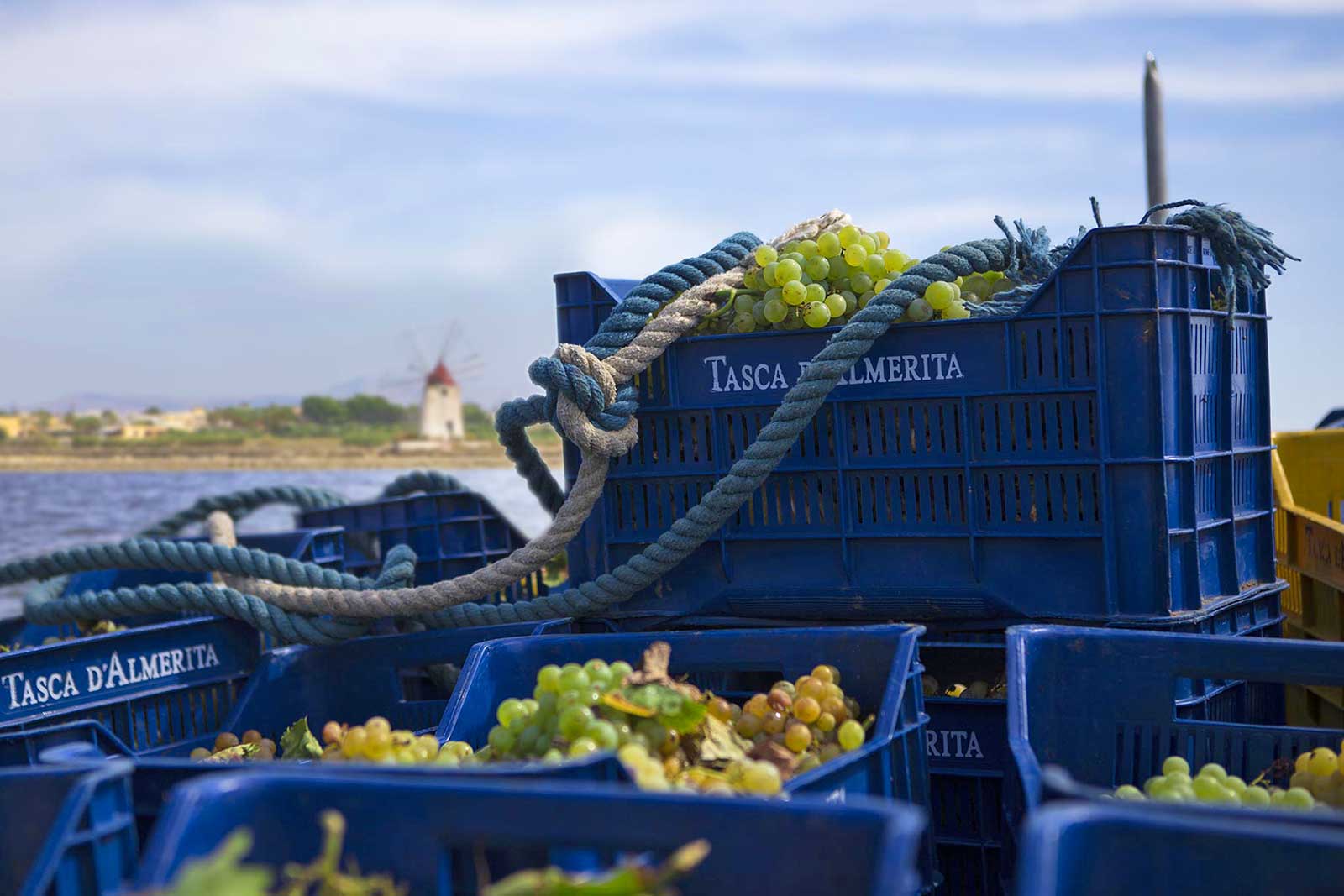
2019 Tasca d’Almerita Mozia Grillo Sicilia
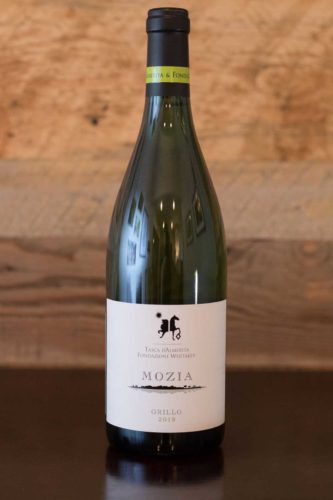
Sicilia DOC (Sicily)
Grapes: Grillo (100%)
Alcohol: 13.5%
Opinion: ★★★★ 3/4 (out of five)
• Food-friendliness: Highly versatile
• Value: As expected
A beginner might like … The many shades of Sauvignon Blanc with this wine. Grillo hits the same spot on the nose and palate — with some subtle differences in tone — and this wine’s tendencies are particularly acute, with tones reminiscent of white peach, grapefruit, mint and grass. It is a wine for springtime vegetables, warm sun, and renewal.
A wine obsessive might like … Teasing out the details from this wine’s compact core. It takes time and attention to see what the Mozia Grillo is up to, which can be thrilling to parse. But more importantly, the saline touches on the palate and the finish — that elusive suggestion of saltiness — lend this wine a great deal of versatility and momentum from one sip to the next. Beyond the obvious Sauvignon Blanc comparisons, try it alongside a Muscadet Sèvre et Maine Sur Lie and see what you think.
Note: This wine was provided as a sample by Tasca d’Almerita/Fondazione Whitaker’s American importer, Dalla Terra Winery Direct. Learn more about our editorial policy regarding samples.
